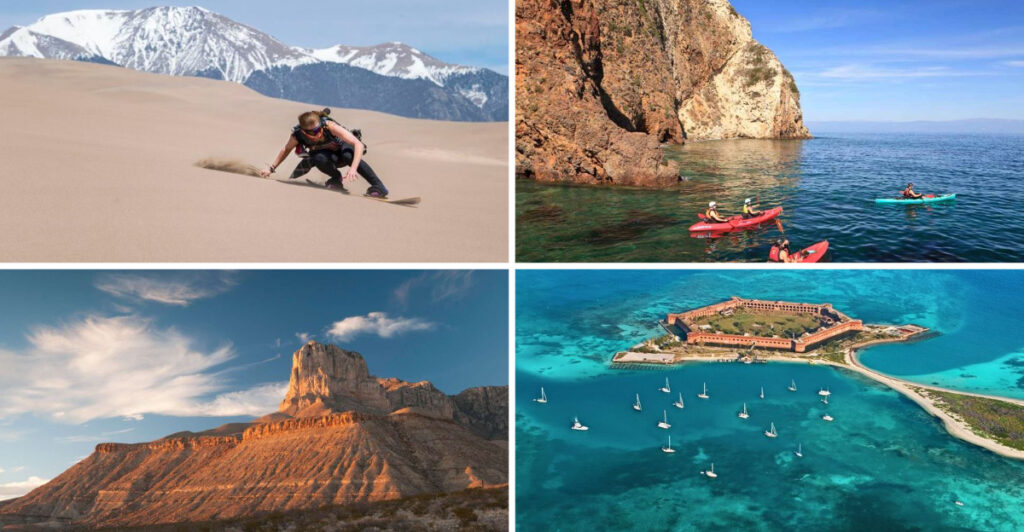Everyone knows about Yellowstone’s geysers and crowds, but America hides incredible natural treasures that offer more spectacular views and fewer tourists. These lesser-known national parks deliver jaw-dropping landscapes, unique wildlife, and unforgettable adventures without the chaos of popular destinations. Pack your hiking boots and camera for an epic journey through America’s best-kept secrets.
1. Great Sand Dunes National Park, Colorado
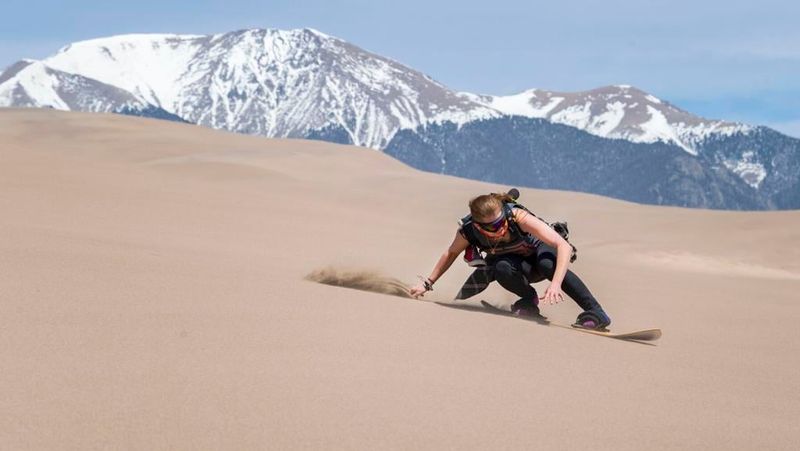
Picture surfing down 750-foot sand mountains in the shadow of snow-capped peaks. Great Sand Dunes offers this surreal experience year-round, where visitors can sandboard or sand-ski massive dunes that sing in the wind.
Summer brings warm Medano Creek for splashing and building sand castles. The park transforms into a stargazer’s paradise after dark, with some of America’s darkest skies revealing countless constellations and shooting stars overhead.
2. Channel Islands National Park, California
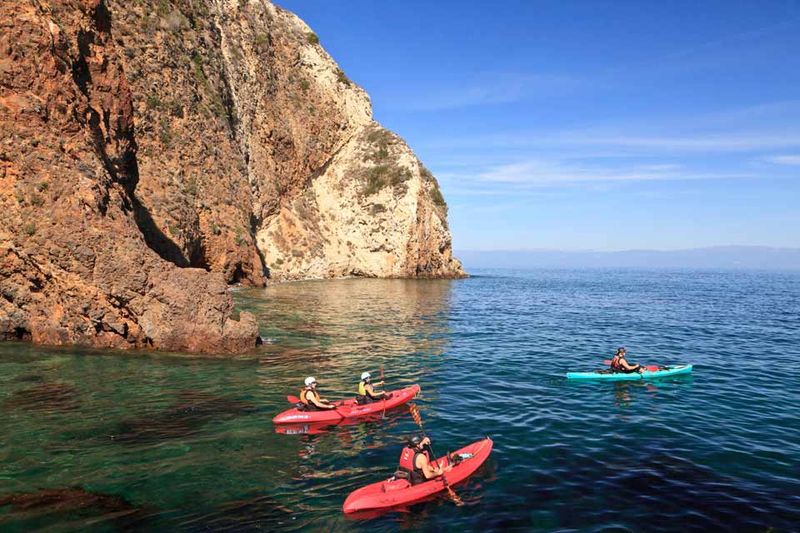
California’s Galapagos floats just 20 miles offshore, harboring species found nowhere else on Earth. Island foxes, sea lions, and colorful sea anemones thrive in this marine sanctuary that feels like stepping into another world.
Kayaking through sea caves reveals hidden beaches and crystal-clear waters perfect for snorkeling. The islands offer incredible hiking trails with panoramic ocean views and spring wildflower displays that carpet entire hillsides in vibrant colors.
3. Congaree National Park, South Carolina
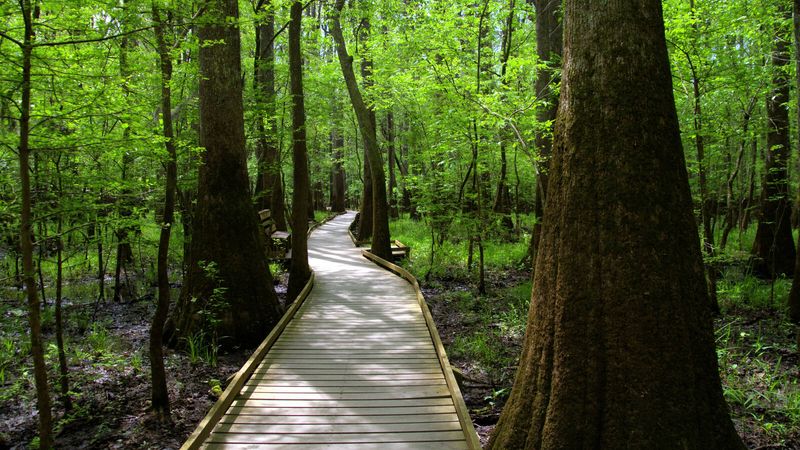
Ancient giants tower overhead in America’s largest old-growth bottomland hardwood forest. Congaree protects massive champion trees, including record-breaking loblolly pines and bald cypresses that have stood for centuries.
Fireflies create magical light shows during summer evenings, synchronized like natural Christmas lights. The elevated boardwalk loop provides easy access to this prehistoric landscape, where owls hoot and river otters play in dark, mysterious waters.
4. Dry Tortugas National Park, Florida
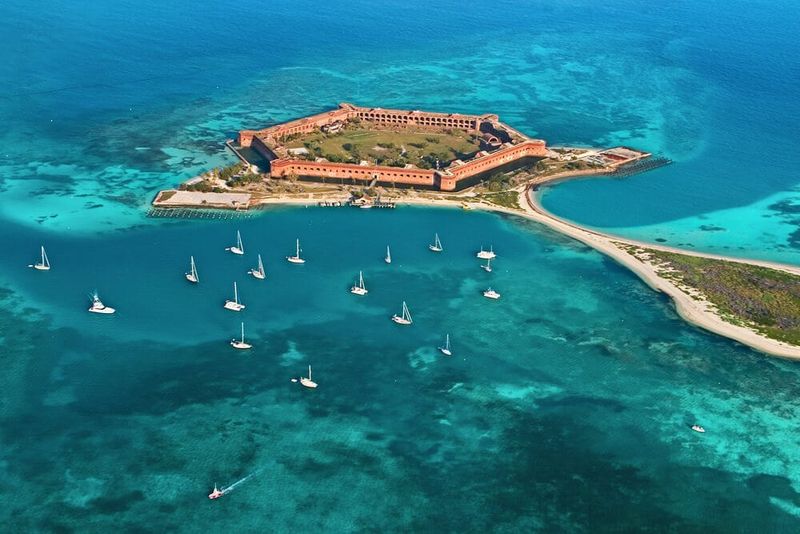
Seventy miles beyond Key West lies a tropical paradise accessible only by boat or seaplane. Fort Jefferson, a massive 19th-century fortress, sits on a remote island surrounded by crystal-clear waters and pristine coral reefs.
Snorkeling reveals colorful fish, sea turtles, and vibrant coral gardens in some of Florida’s clearest waters. The park offers incredible bird watching, with sooty terns and magnificent frigatebirds soaring overhead while you explore historic military ruins.
5. Isle Royale National Park, Michigan
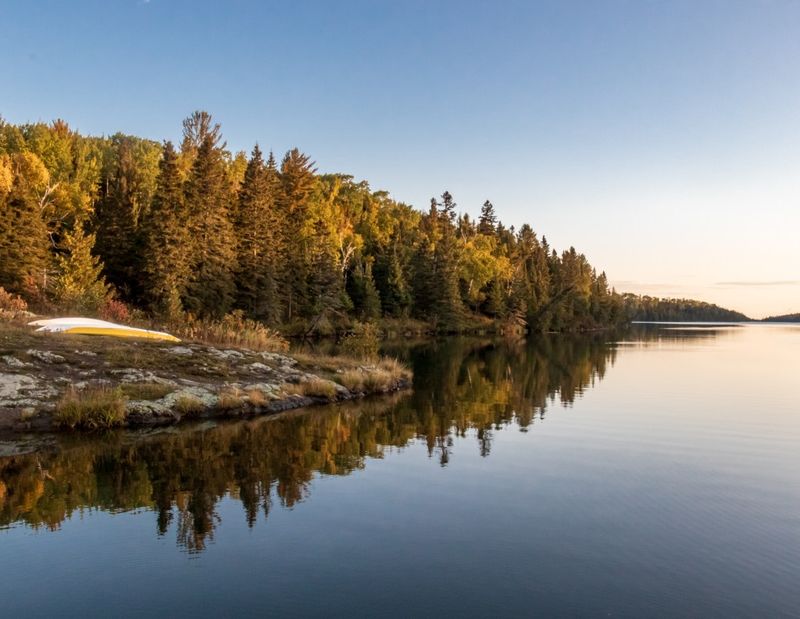
This wilderness island in Lake Superior offers true solitude and pristine northern forests. Moose wade through quiet lakes while wolves roam ancient trails, creating one of nature’s most fascinating predator-prey relationships.
Backpacking trails connect remote campsites accessible only by foot or canoe. The island’s copper mining history adds intrigue to hiking adventures, with abandoned equipment scattered through forests where loons call across mirror-still waters.
6. Black Canyon of the Gunnison National Park, Colorado
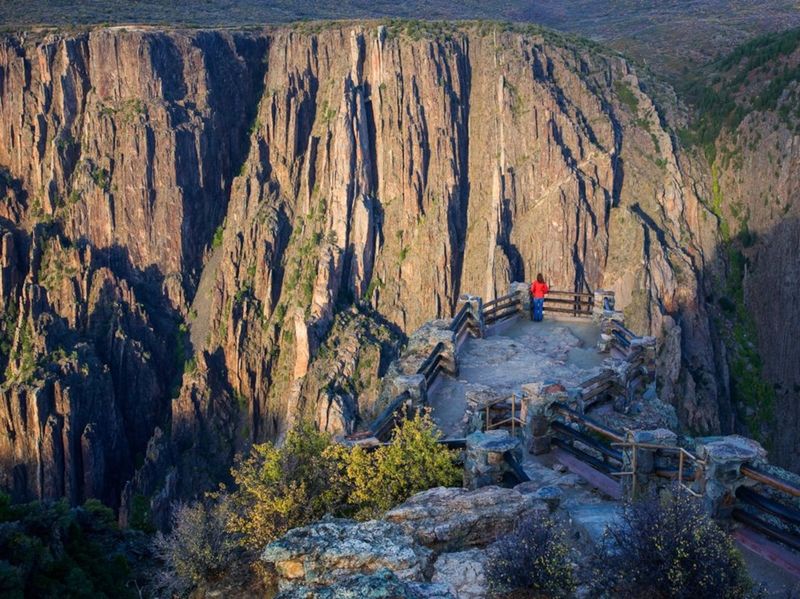
Sheer dark walls plunge 2,700 feet into shadowy depths where sunlight barely penetrates. This dramatic gorge showcases some of Earth’s oldest rock formations, carved by the relentless Gunnison River over millions of years.
Rock climbers tackle impossible-looking routes up vertical walls. The South Rim Drive offers breathtaking overlooks perfect for photography, while brave souls can hike the treacherous inner canyon for an up-close encounter with geological time.
7. Guadalupe Mountains National Park, Texas
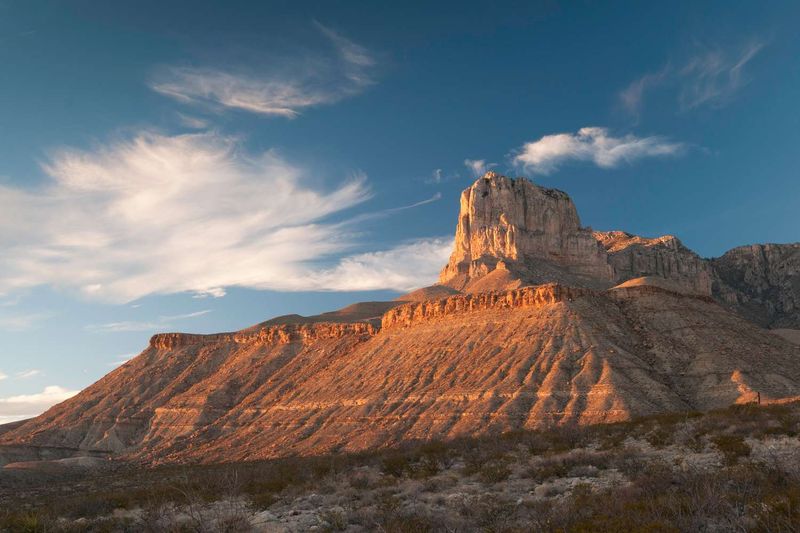
Texas’s highest peak rises from desert floor like a fortress, crowned with surprising pine forests and hidden springs. Guadalupe Peak rewards hikers with panoramic views across West Texas and New Mexico’s endless horizons.
McKittrick Canyon transforms into a blazing autumn wonderland when maple leaves turn brilliant red and gold. The park protects a fossilized reef from an ancient sea, where desert wildlife like roadrunners and javelinas roam among cacti and yucca.
8. Pinnacles National Park, California
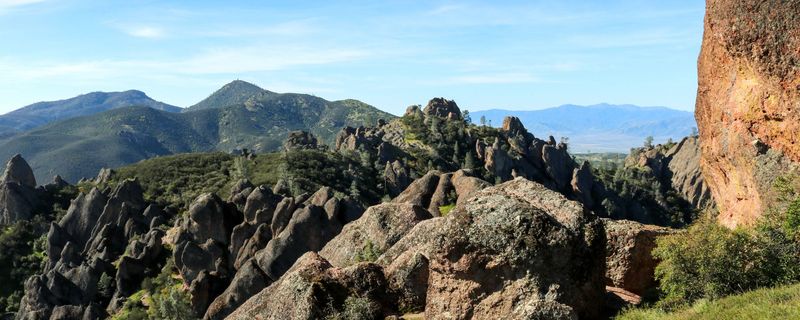
Volcanic spires create a playground for rock climbers and California condors soaring overhead. These ancient volcanic remnants formed dramatic caves, towering rock formations, and unique ecosystems supporting rare wildlife.
Spelunking through talus caves requires flashlights and a sense of adventure. Spring wildflowers carpet the hillsides in vibrant colors, while endangered condors with nine-foot wingspans glide silently above chaparral-covered peaks and hidden valleys.
9. Crater Lake National Park, Oregon
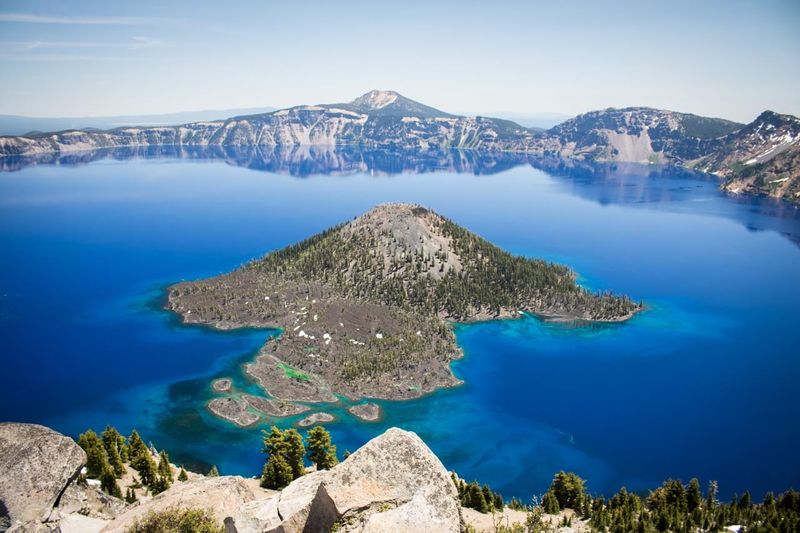
America’s deepest lake fills a collapsed volcano with impossibly blue water that seems almost supernatural. Wizard Island rises from the lake’s center like a miniature volcano, surrounded by crystal-clear water reaching depths of 1,943 feet.
The rim drive offers spectacular viewpoints every few miles. Boat tours provide the only way to reach the lake’s surface, where visitors can swim in water so pure it rivals distilled water for clarity and color.
10. Lassen Volcanic National Park, California
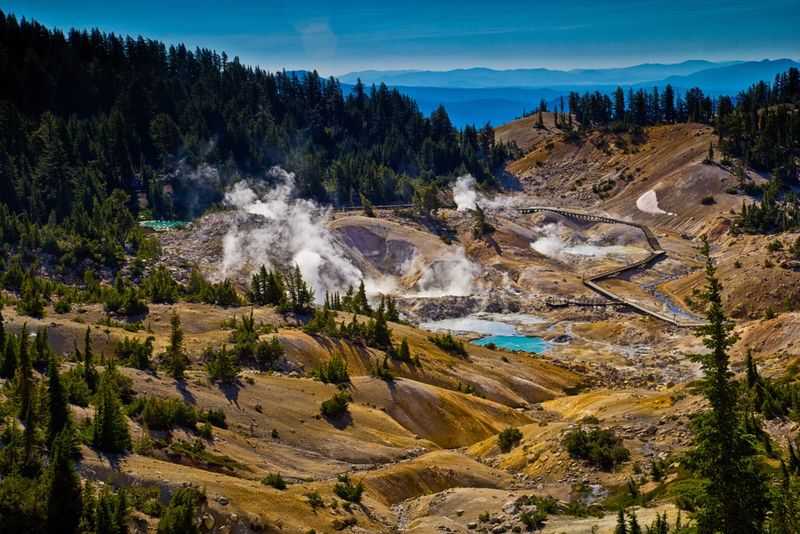
Bubbling mud pots, steaming fumaroles, and sulfur springs create an otherworldly landscape where Earth’s inner fire reaches the surface. Lassen Peak, an active volcano, dominates the horizon above hydrothermal features that hiss and bubble constantly.
Bumpass Hell trail leads through the park’s most active geothermal area. Alpine lakes reflect snow-capped peaks while wildflower meadows bloom in summer, creating perfect conditions for backpacking adventures through volcanic wilderness few people ever experience.
11. Great Basin National Park, Nevada
Ancient bristlecone pines, some over 4,000 years old, cling to windswept ridges beneath Wheeler Peak’s limestone cliffs. These twisted survivors have weathered millennia while civilizations rose and fell far below their mountain home.
Lehman Caves showcase stunning underground formations decorated with delicate flowstone and intricate limestone sculptures. The park offers incredible stargazing opportunities, with minimal light pollution revealing the Milky Way in all its glory above silent desert valleys.
12. Voyageurs National Park, Minnesota
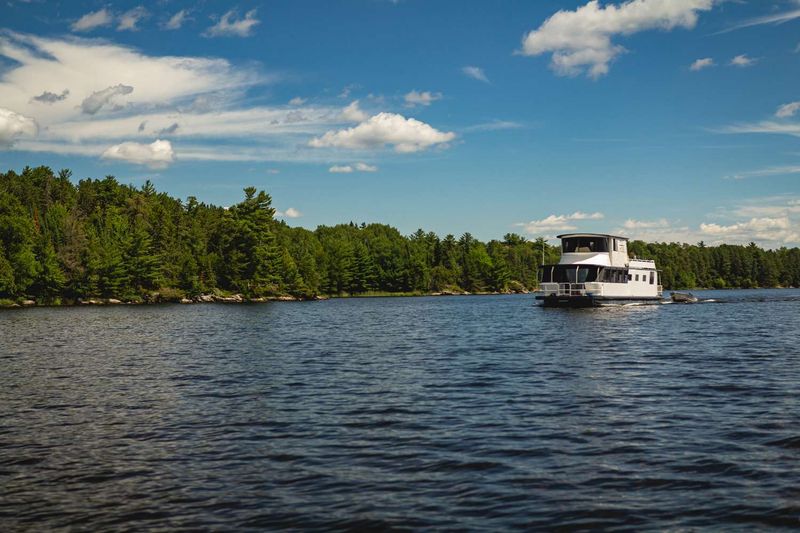
Interconnected lakes and waterways create a canoeist’s paradise where loons call across misty waters. This water-based park preserves the historic route of French-Canadian fur traders who paddled these same channels centuries ago.
Houseboats provide unique camping experiences on remote lakes. Northern lights dance across dark skies during winter months, while summer brings incredible fishing for walleye, northern pike, and smallmouth bass in pristine waters surrounded by boreal forests.
13. North Cascades National Park, Washington
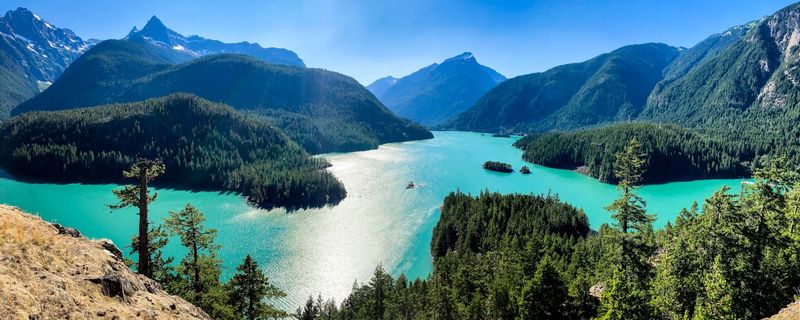
Jagged peaks pierce the sky above pristine alpine lakes in America’s most rugged mountain wilderness. Over 300 glaciers carve dramatic valleys between towering summits that challenge even experienced mountaineers with their technical difficulty.
Diablo Lake’s turquoise waters reflect snow-capped peaks in perfect mirror images. The park offers incredible hiking through old-growth forests, across flower-filled meadows, and up to breathtaking viewpoints where mountain goats navigate impossible cliff faces.
14. Kobuk Valley National Park, Alaska
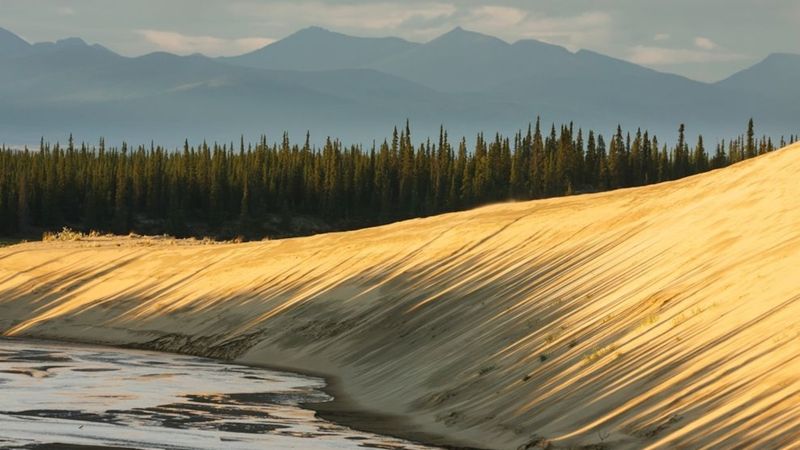
Sand dunes stretch across Arctic wilderness where caribou migrations have followed ancient routes for thousands of years. The Great Kobuk Sand Dunes seem impossibly out of place in this northern landscape of tundra and spruce forests.
No roads reach this remote park, accessible only by small aircraft or river travel. Archaeological sites preserve evidence of human habitation spanning 12,000 years, while the Western Arctic Caribou Herd creates one of nature’s most spectacular wildlife migrations.
15. Gates of the Arctic National Park, Alaska
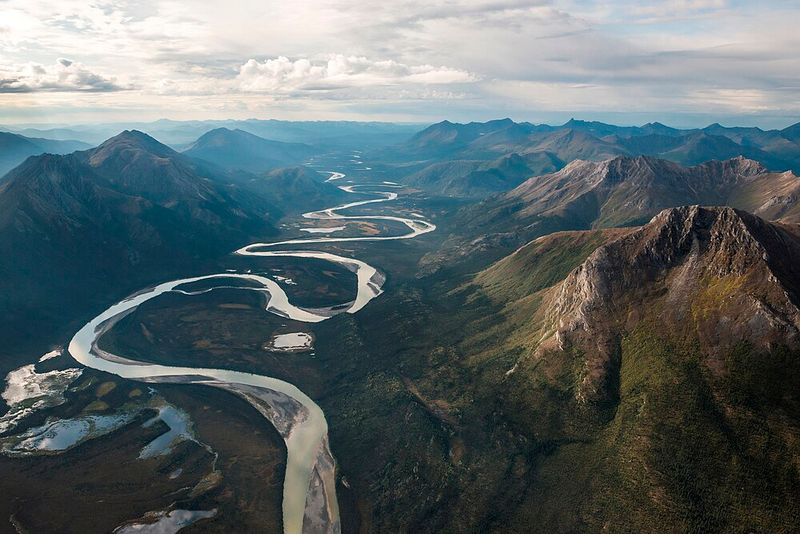
America’s ultimate wilderness stretches beyond the horizon without a single road, trail, or developed facility. This pristine Arctic landscape preserves untouched tundra, crystal-clear rivers, and mountain ranges where grizzly bears and wolves roam freely.
Backpacking here requires serious wilderness skills and preparation. The park offers unparalleled solitude and the chance to experience true wilderness as early explorers found it, with endless opportunities for adventure beneath the midnight sun.
16. Katmai National Park, Alaska

Brown bears congregate at Brooks Falls during salmon runs, creating one of wildlife viewing’s most spectacular experiences. These massive predators, some weighing over 1,000 pounds, demonstrate incredible fishing skills while competing for prime waterfall positions.
The Valley of Ten Thousand Smokes preserves the aftermath of the 1912 Novarupta eruption, one of the 20th century’s largest volcanic events. Visitors can explore this moonscape of ash and pumice while staying at remote wilderness lodges.
17. Wrangell-St. Elias National Park, Alaska

America’s largest national park spans an area bigger than Switzerland, containing four major mountain ranges and countless glaciers. Mount St. Elias rises 18,008 feet above sea level, creating some of North America’s most dramatic vertical relief.
Historic mining towns like Kennecott offer glimpses into Alaska’s copper mining past. The park provides endless opportunities for mountaineering, glacier trekking, and wildlife viewing in a landscape so vast that visitors can explore for weeks without seeing another person.

